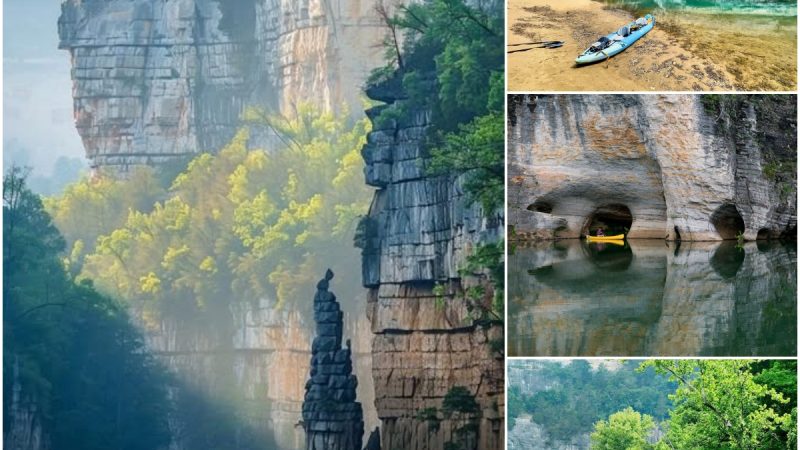
A striking phenomenon recently caught the attention of observers near the W. M. Keck Observatory in Hawaii, as saucer-shaped clouds resembling UFOs hovered above the picturesque Mauna Kea and Mauna Loa volcanoes. Captured through the lens of the observatory’s cameras on March 8, these captivating images showcased lenticular clouds, creating an otherworldly appearance in the otherwise serene Hawaiian skies.

Lenticular clouds, scientifically known as altocumulus standing lenticularus, are formed by the interaction of strong winds with the terrain, especially around mountains and hills. These clouds take on their saucer-like shape as winds flow over and around rough terrain, creating a mesmerizing spectacle that is often mistaken for unidentified flying objects (UFOs).
The Keck Observatory shared these extraordinary images on their Twitter account, playfully referring to the cloud formations as “UFO doppelgangers.” Lenticular clouds are typically found in the troposphere, the lowest layer of Earth’s atmosphere, and they form parallel to the direction of the prevailing winds. This unique alignment is what gives them their distinct appearance that seems to defy conventional cloud formations.

While lenticular clouds are more common over the western mainland of the United States due to the presence of the Rocky Mountains, they are relatively rare in Hawaii. These ethereal clouds are often associated with areas where strong winds are forced to flow over elevated features, leading to the formation of atmospheric waves downstream.
 .
.
In the case of the Mauna Kea and Mauna Loa volcanoes, which reach impressive heights above 13,000 feet (3,960 meters), the strong winds are channeled over their peaks, resulting in the formation of these saucer-shaped clouds just downwind of the summits. The unusual shape and striking appearance of lenticular clouds can give rise to confusion, as their smooth, lens-like structure can easily be mistaken for flying saucers or UFOs.


The remarkable photographs were captured by employees of the Keck Observatory, including a software engineer, staff astronomer, postdoctoral fellow, and observing assistant. These images serve as a reminder of the breathtaking and mysterious beauty that the natural world can offer, even in the skies above a world-renowned observatory.



